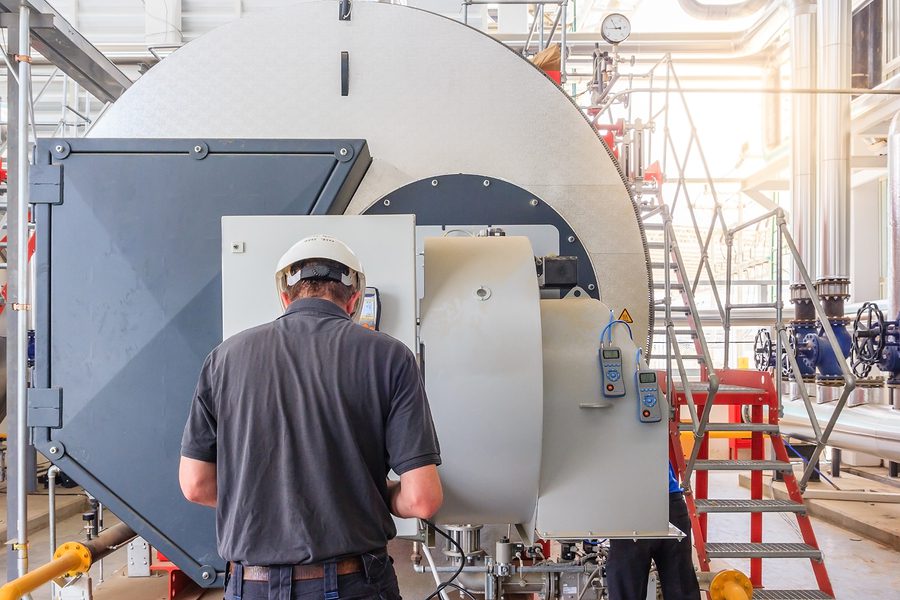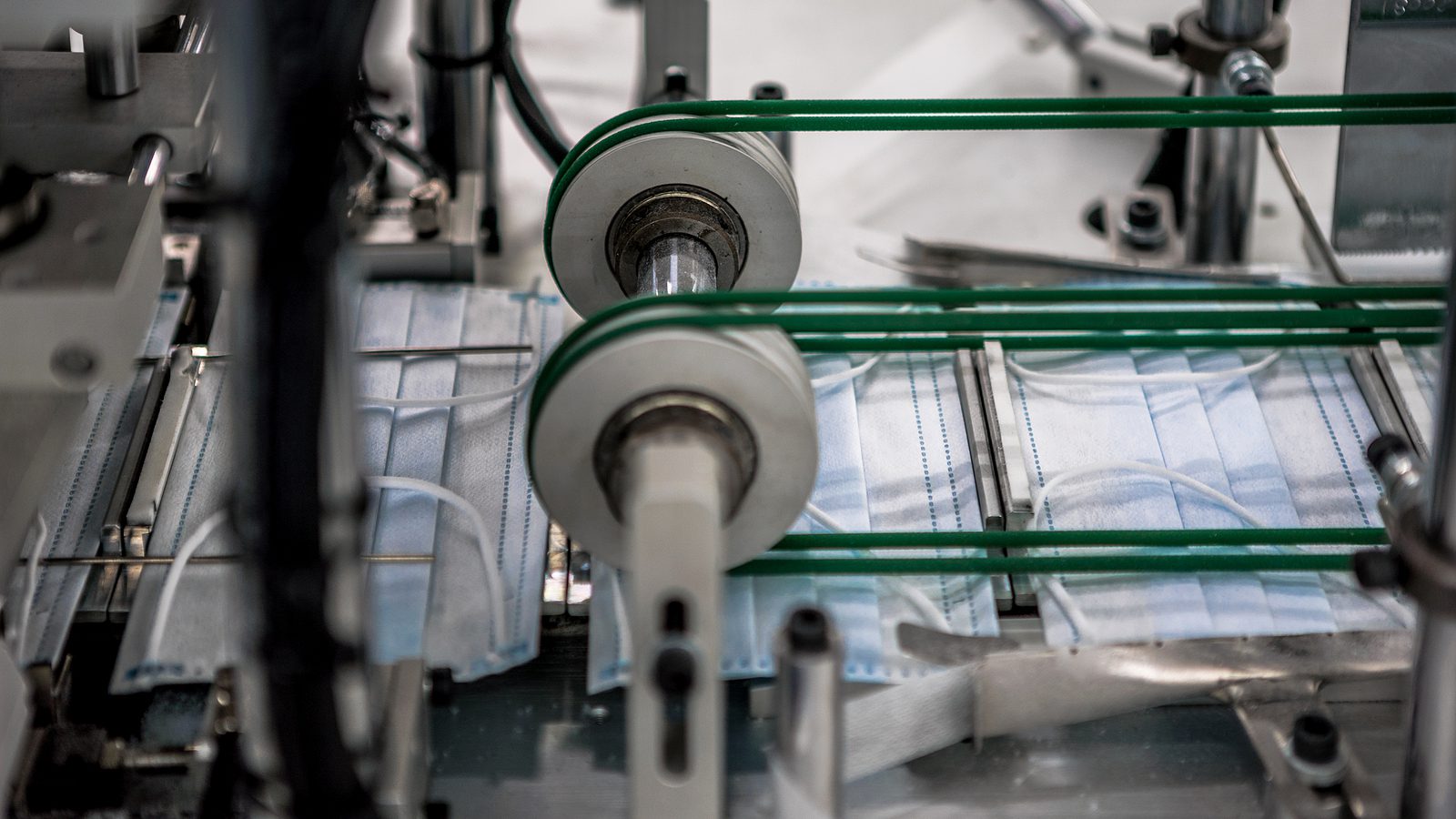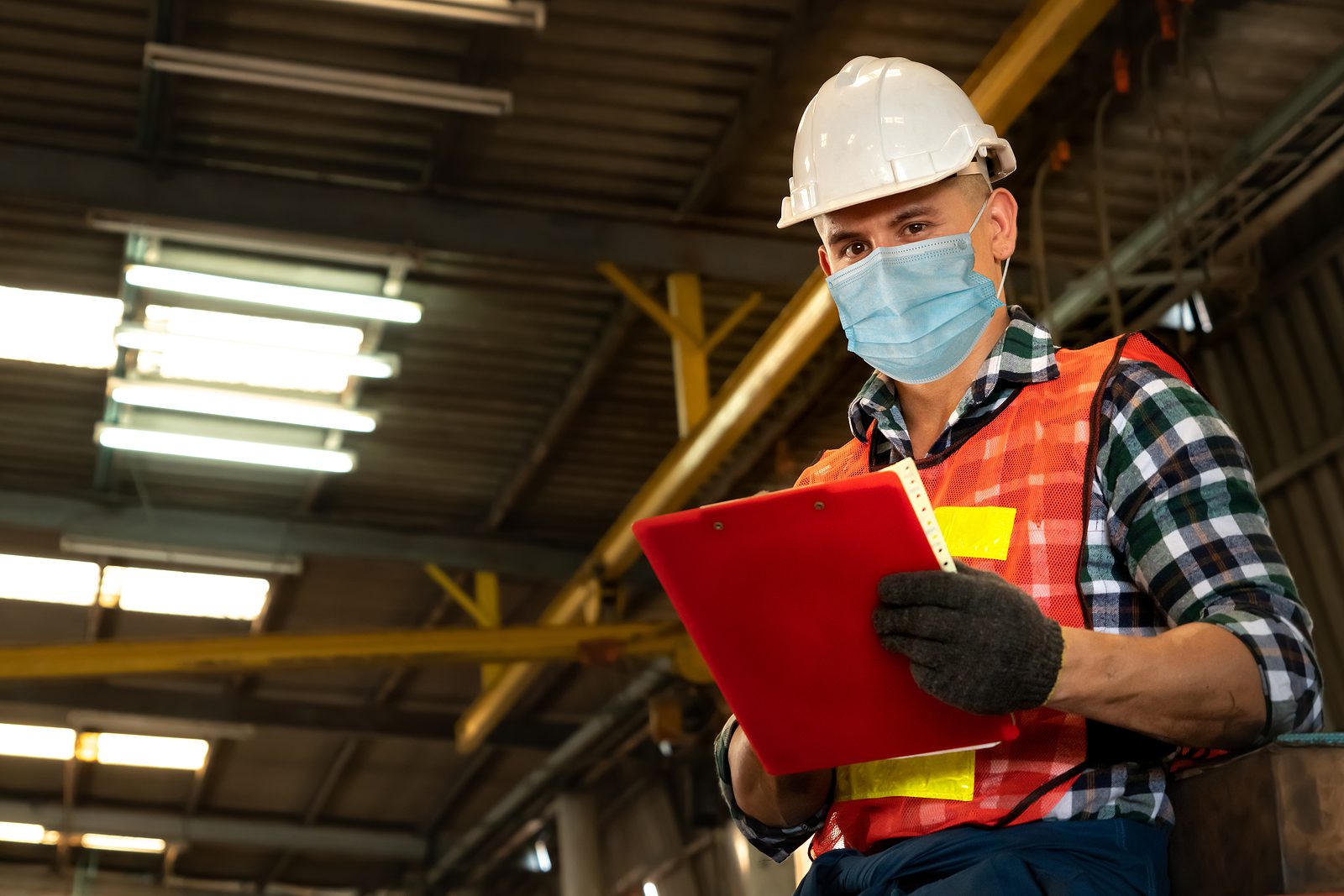By Laser 1 Technologies
Prolong Equipment Life To Benefit Bottom Line
Equipment represents a massive capital investment for any manufacturer. You want it to function and last to its fullest potential. Proper, proactive attention and maintenance can make a big difference.
Prolonging the life of your equipment isn’t just about deferring replacement costs as long as possible. It also helps delay costly repairs, downtime and inefficiency, as well as helping maintain a safe environment for workers.
Follow these tips to maximize your ROI (return on investment) for your equipment, while also maximizing plant productivity.
Invest in Quality
First, it’s always smart to start with high quality equipment. Cutting corners on initial costs is seldom beneficial in the long run. Research your options and read reviews. Talk to repair contractors, employees, and colleagues about their experiences. Check trade organizations for resources, and buy the best quality you can afford.
After purchasing equipment, inspect it on arrival. This allows you to establish a baseline of its function and appearance, which makes it easier to detect gradual wear and tear in subsequent inspections. You may be able to detect manufacturing flaws before they cause problems. It’s also an opportunity to verify that you are operating it correctly, and your existing training program is appropriate for this new device.
Prioritize Employee Training
Employee training may be the single most important step you can take to ensure a long lifespan for machinery. One poorly trained employee could cost a company many thousands of dollars. Conversely, a well-trained employee who feels empowered to take responsibility for their workspace can save a company many thousands of dollars by identifying a problem at the earliest indication. Training should take place for all new and re-assigned employees, and ongoing training or certification will also pay off.
Documentation is vital. Training, maintenance and repair should all be documented consistently. This serves dual functions of helping to ensure that these activities actually take place, by enforcing accountability. It also provides useful records which can serve as teaching opportunities for employees, and forensic records in case of a mishap.
Equipment maintenance should be a top priority. Review the manufacturer’s maintenance recommendations, and incorporate them into documentation. Write accurate instructions for maintenance, and craft logs to track maintenance efforts. Make sure equipment maintenance is part of employee training and manuals. Test oil, change filters, lubricate bearings and gears, check seals, and torque check bolts.
Regular Inspections Ward off Problems
Inspect equipment for wear. Regular inspections help maintain baseline familiarity, which makes it much easier to detect and diagnose inappropriate wear quickly. The heavier it is, the hotter it is, and the more it moves, the more likely it will show signs of wear. When gears and belts are out of alignment, increased vibration can hasten wear or cause breakdowns. Age and temperature can cause seals to crack, belts to warp or shred, and bolts to loosen. High temperatures and vibrations can be exacerbated by poor lubrication and worn parts.
With conscientious effort and consistent training, you can effectively extend the lifespan of your manufacturing equipment. Equipment is getting more sophisticated and more expensive. When a replacement machine might come at a five- or six-figure replacement cost, every extra month of operation you can coax out of it benefits your bottom line.




